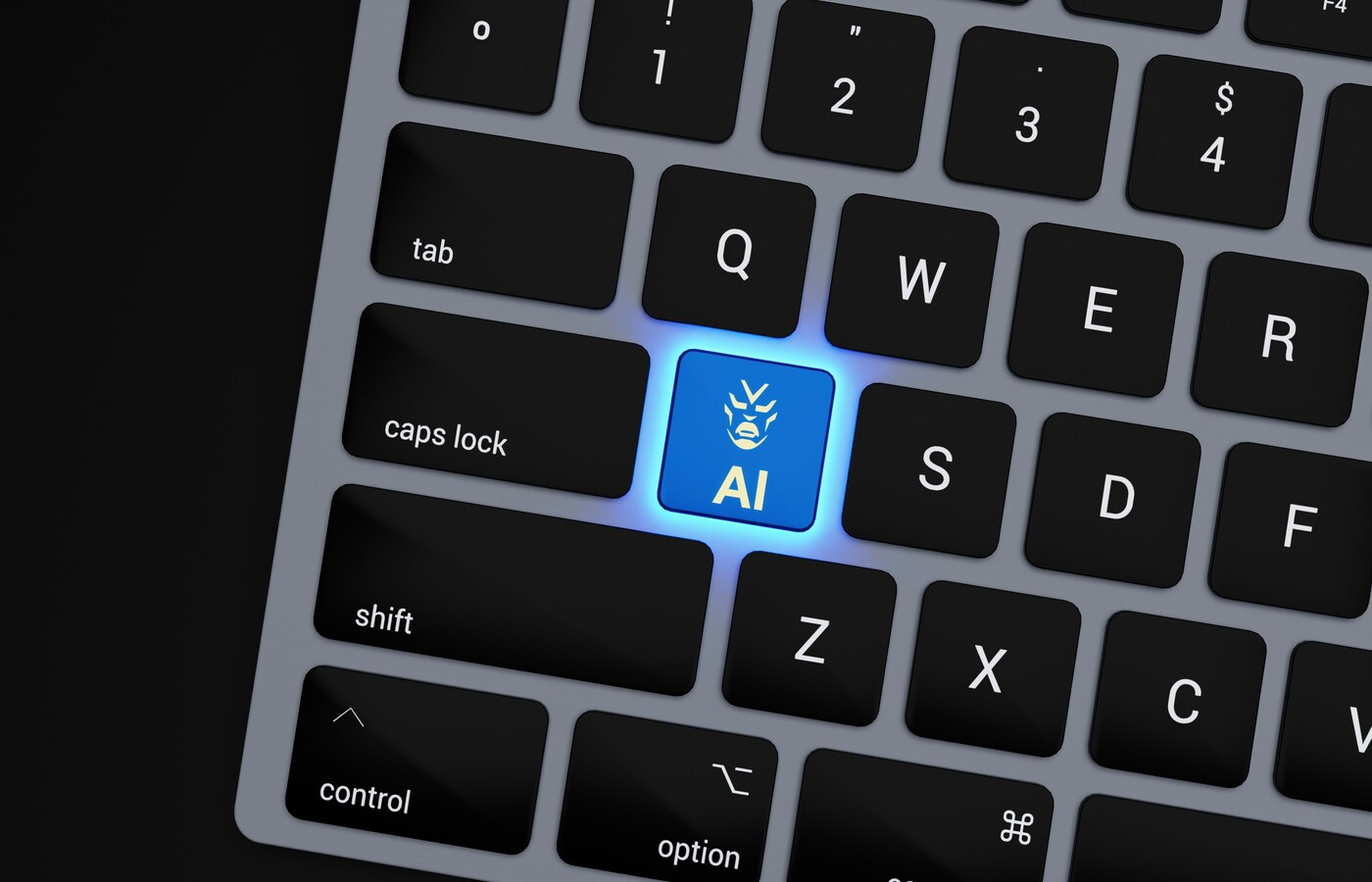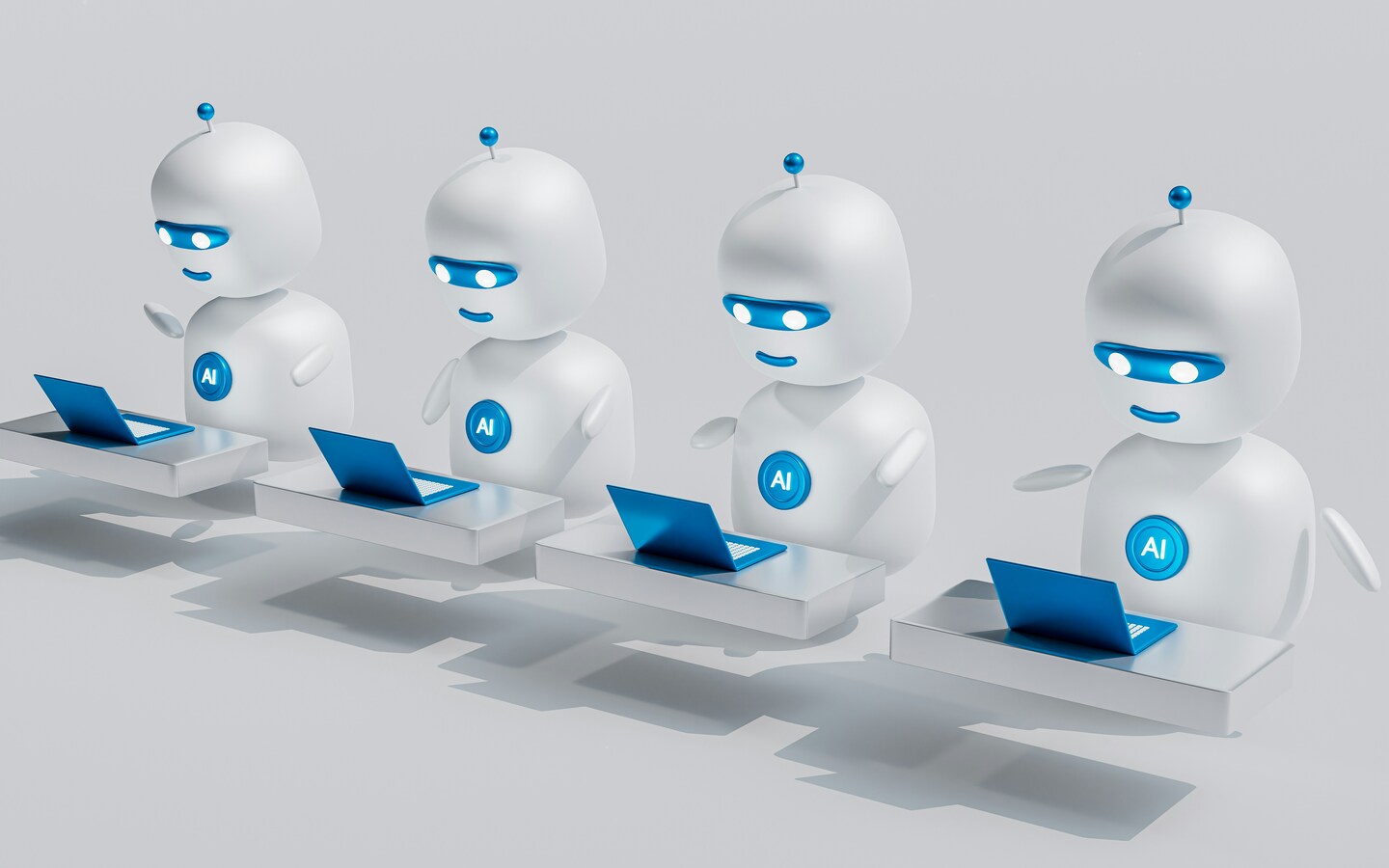The Gift of Time
Imagine the day when you have a sapiens-powered robot at your beck and call to do for you anything you do not what to do yourself, or build for you almost anything you want. While that may sound like the height of decadence and luxury, it has a most uplifting corollary. It means for the first time, every individual would need to decide what is it they want to do for themselves – to focus on their own life’s ultimate meaning. It is hard to imagine a more compelling, inspiring vision of a better world.
The Internet of Minds
If a person wants to reach out to another human being, known or unknown to them, about any matter whatsoever, they need only to describe a person that meets their criteria to their sapiens which will query the sapiens network to find a person that matches and is willing to connect. With potentially billions of people connected via sapiens, the chances are that finding what you are looking for won’t take long.
This is the Internet of Minds, it is not a network of sapiens minds they are only the medium, it is an Internet of Human Minds.
The Singularity of Productivity
This third great knowledge revolution can be expected to have an even greater impact on human lives than the previous two because, again, the impact is the result of increasing human productivity, this time exponentially. If there is a real singularity associated with the advent of Artificial General Intelligence, it is in infinite productivity.
Productivity is measured in how many person-hours it takes to produce some reference product.
As sapiens find their way into real robots and the manufacturing, mining and agricultural infrastructure that sustains civilization, the person-hours required will plummet. Indeed, when sapiens robots start building other robots, productivity will increase without limit.
Productivity and the increasingly inexpensive goods it engenders create a rising tide of wealth that will transform our societies in ways we can hardly imagine.
We can envision a society in which the basic necessities of life are virtually or literally free. People no longer have to work at oppressive or dangerous jobs to earn a living. Our sapiens will stand ready to perform any task or service that we would rather not do. Therefore, each human individual will have to decide what exactly it is they want to do for themselves. The greatest lesson that parents will pass on to their children is not how to survive or make a living in the world — that will be a given — but rather how to discover and pursue their own personal bliss.
The Knowledge Singularity
While it is a common to regard language and knowledge as being one and the same, this certainly is not true. Language is how we create in one human mind a facsimile of an idea that exists in another. There is no knowledge in the Library of Congress, just vast amounts of static specifications that can be used to create that special information structure that is knowledge in one human brain at a time as a book is read.
One brain at a time is a significant limitation.
Over six thousand years of civilization humans have created a great store of information, but our brains’ capacity has not increased at all. One human being can acquire only a tiny fraction of all the knowledge that is available. So we specialize, with different people learning different slices of the whole, and then we attempt to collaborate, putting our brains together to solve hard problems by talking to each other. Anyone who has sat around a table trying to solve a problem with ten other people know how problematical this is.
Sapiens do not have these limitations because, first of all, if nature ultimately limits their processing capacity, that limit still lies far in the future. So imagine a sapiens that could read the entire Library of Congress in a single day and had the intellectual capacity to comprehend it all. Second, sapiens can transfer model structures over the network, sharing knowledge perfectly because they do not have to go through the encode/decode process via language humans do. Sapiens will be incapable of misunderstanding each other.
The degree to which sapiens will be able to achieve whatever humans can envision can simply not be imagined from where we stand today.
Finally, our technology will be transformative not only with respect to the quantity and scale to which knowledge can be comprehended and applied, but also in the quality in which it exists, not only in the minds of sapiens but in human minds as well. We call our process of building models epistemological engineering, where a modeler introspects knowledge in their mind and, using our tools and methodologies, encodes it into our model structures. It has become evident that this process inevitably results in the modeler gaining a more complete and consistent knowledge of the material in their own mind, much the same as the dictum that the best way to learn something is to teach it, but here realized with more precision.
Imagine a project on a grand scale, taking years, perhaps decades, to curate all the knowledge of the greatest minds throughout history, and today to create a grand reference model in machine knowledge format. The process will be hugely instructive. We will come to understand our own knowledge to a degree never before possible. The result, the ultimate encyclopedia, will be a collaboration of humans and sapiens, a single integrated model of the universe.
Learn More
See All
Learn More
See All







